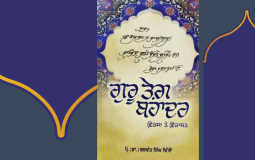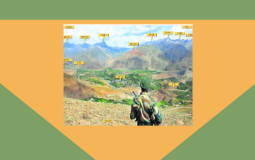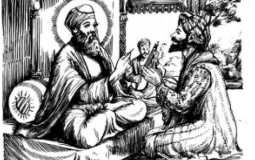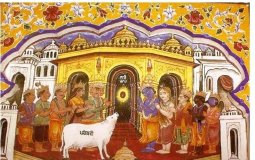Looking at the three-dozen existing Muslim structures in Sirhind which were all built before 1710.
On the day Guru Nanak arrived, Duni Chand was hosting a sharadh, a large feast that Hindus offer to Brahmans. They believe that whatever they give to the Brahmans after the feast reaches their deceased ancestors in the next world.
In Peshawar, Mohallah Jogan Shah is a really old place where Sikhs have lived for a long time. It's near Dabgari. There's a historic gurdwara there and a school for the community. Even though big buildings are all around, people still value these old places.
In the Gurdwaras of Punjab, particularly in the revered city of Amritsar, a stunning example of artistic expression can be found adorning the walls of the famous Gurdwara Baba Atal Sahib Ji.










